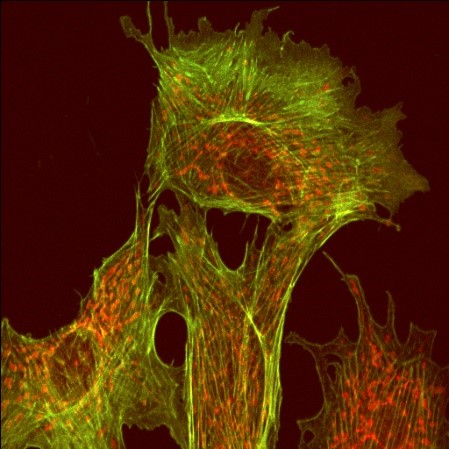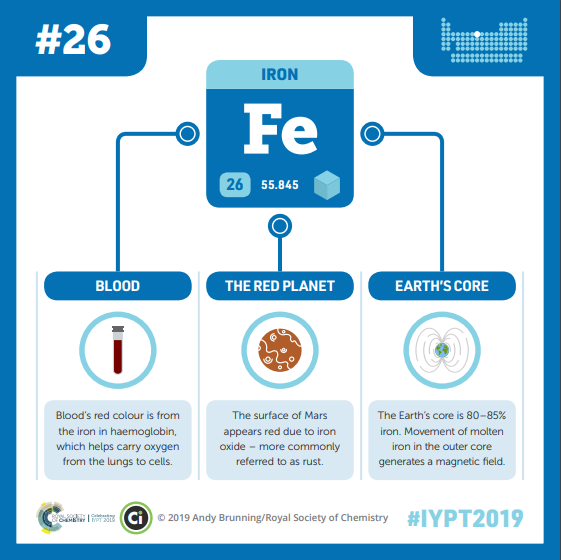“If you bring a public health program to people where they live, you can get amazing results,” says Peter Katzmarzyk, Ph.D., a professor of pediatric obesity and diabetes at Pennington Biomedical Research Center, Louisiana State University. Specifically, bringing health programs into underserved communities can lead to strong engagement and positive changes in people’s health. Dr. Katzmarzyk is part of the NIGMS-funded Louisiana Clinical & Translational Science Center (LA CaTS), a collaboration between 10 academic, research, and health care delivery institutions that focuses on reducing health disparities in Louisiana.
Continue reading “Tackling Health Disparities in Louisiana”Month: May 2021
Quiz: Are You a Genetics Genius?
Genes are segments of DNA. They contain instructions for building one or more molecules that help the body work. Researchers in the field of genetics study genes and heredity—how certain traits are passed from parents to their offspring through DNA. NIGMS supports many scientists who investigate the genetics of people and research organisms to better understand human health and disease.
Take our quiz below to test how much you know about genetics. For more quizzes and other fun learning tools, visit our activities and multimedia webpage.
Continue reading “Quiz: Are You a Genetics Genius?”Science Snippet: Learn About the Cytoskeleton

The cytoskeleton is a collection of fibers that gives shape and support to cells, like the skeleton does for our bodies. It also allows movement within the cell and, in some cases, by the entire cell. Three different types of fibers make up the cytoskeleton: actin filaments, intermediate filaments, and microtubules.
Powering Muscles
Actin filaments contract or lengthen to give cells the flexibility to move and change shape. Along with the protein myosin, they’re responsible for muscle contraction, including voluntary movement and involuntary muscle contractions, such as our heartbeats. Actin filaments are the thinnest and most brittle of the cytoskeletal fibers, but they’re also the most versatile in terms of shape.
Continue reading “Science Snippet: Learn About the Cytoskeleton”Pumping Iron: The Heavy Lifting Iron Does in Our Bodies
Our blood appears red for the same reason the planet Mars does: iron. The element may bring to mind cast-iron pans, wrought-iron fences, or ancient iron tools, but it’s also essential to life on Earth. All living organisms, from humans to bacteria, need iron. It’s crucial for many processes in the human body, including oxygen transport, muscle function, proper growth, cell health, and the production of several hormones.
 Iron is the reason both our blood and the planet Mars appear red. The element also makes up the majority of Earth’s core and generates the planet’s magnetic field. Credit: Compound Interest. CC BY-NC-ND 4.0. Click to enlarge
Iron is the reason both our blood and the planet Mars appear red. The element also makes up the majority of Earth’s core and generates the planet’s magnetic field. Credit: Compound Interest. CC BY-NC-ND 4.0. Click to enlarge

